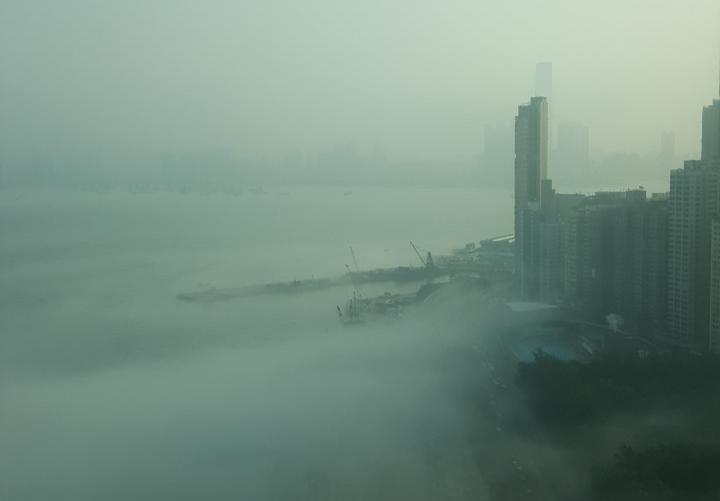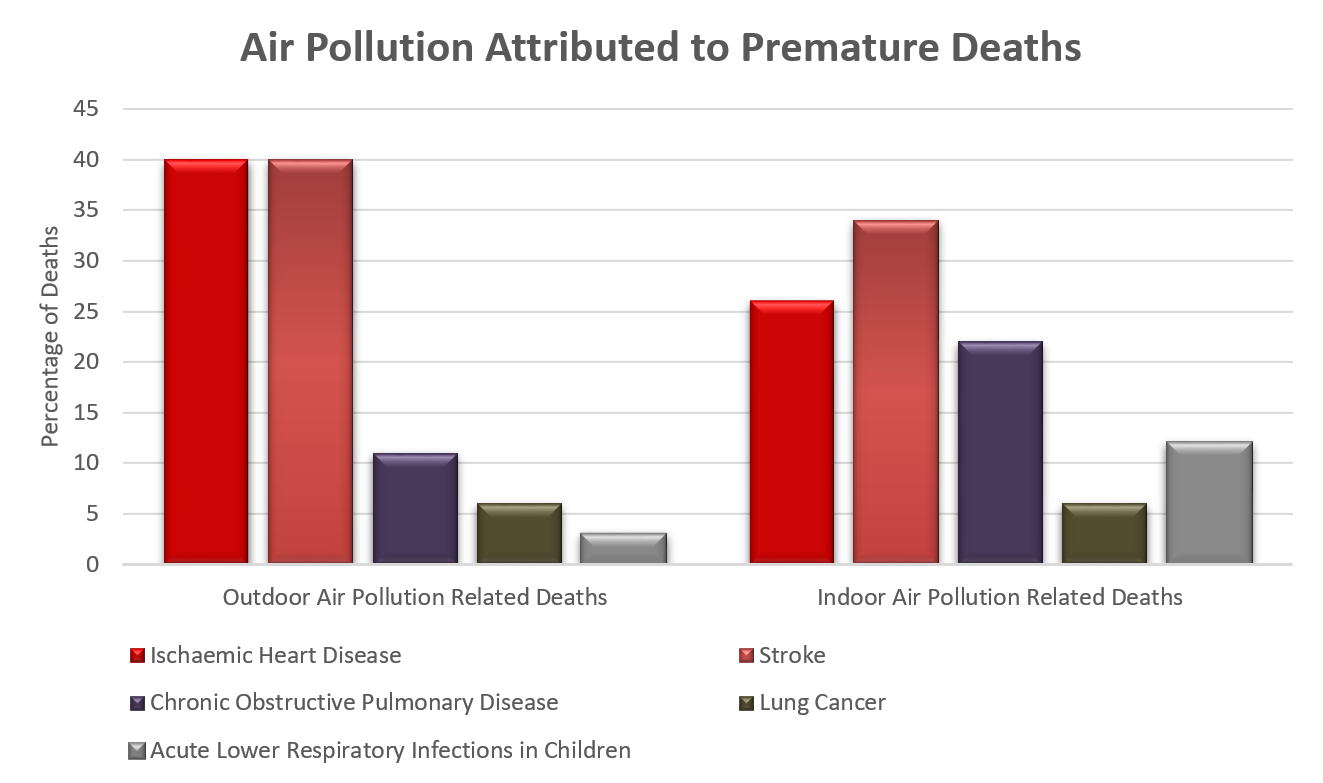
Global Air Pollution levels are on the rise. We know this because air pollution is being monitored, and its effects are being seen across world.
Measurement
Air pollution is being measured by hundreds of thousands of air quality monitoring stations around the globe. Densely populated areas, such as major cities, tend to have the highest number of air quality sensing devices, whereas more rural areas have less. This is to be expected, but it does mean that certain areas of the world are under-represented when it comes to tracking air quality data. Nevertheless, AETHAER, along with a number of other organisations, track and monitor the global air-quality data that is available, and our aim is to incorporate more sensors in the future.
While the levels of air pollution are being monitored, so are the effects of air pollution. As air pollution rises, so do the number of casualties associated with it. Below we document reports by various organisations that monitor the impact air pollution has on our health.
World Health
The World Health Organisation calculated in 2016 that air pollution affects over 92% of the world’s population. In 2012, 6.5 million people died prematurely as a result of air pollution. The W.H.O. state “…that air pollution is now the world’s largest single environmental health risk.” The W.H.O. have broken down deaths associated with air pollution into indoor and outdoor sources.

Both indoor and outdoor air pollution contribute to a number of diseases, but the data shows that outdoor air pollution causes a greater percentage of Ischaemic Heart Disease (Coronary Artery Disease), and Stroke, whereas indoor air pollution has a more significant impact on Chronic Obstructive Pulmonary Disease, Lung Cancer, and Acute Lower Respiratory Infections (in Children). The National Institute of Environemntal Health Sciences (United States) state that indoor and outdoor air pollution are affected by the following typical pollutants emitted within each environment:
Outdoor air pollution examples include:
- Fine particles produced by the burning of fossil fuels - such as the coal and petroleum used in traffic and energy production.
- Noxious gases comprise of sulphur dioxide, nitrogen oxides, carbon monoxide, and chemical vapours.
- Ground-level ozone is a reactive form of oxygen and a primary component of urban smog, created when sunlight interacts with exhaust fumes.
- Tobacco Smoke is a significant contributor to localised pockets or air pollution.
Indoor air pollution examples include:
- Gases, such as carbon monoxide, radon, etc.
- Household products and chemicals, including air fresheners.
- Building materials, ranging from asbestos and formaldehyde to lead.
- Outdoor indoor allergens, which can include cockroach and mouse droppings.
- Tobacco smoke is a significant indoor air pollutant.
- Mould and pollen also contribute to the poor quality of indoor air.
While measures may have been taken by some governments to reduce air pollution, a recent study in collaboration with the Health Effects Institute, the Institute for Health Metrics and Evaluation, and the University of British Columbia has shown that "an estimated 95% of people live in areas where ambient (outdoor) fine particulate matter concentrations (small dust or soot particles in the air) exceed the World Health Organization’s Air Quality Guideline".
Air Pollution Deaths from Around the World
Statista provides the following data of standardised deaths per 100,000 people attributed to air pollution (2016).
| Afghanistan | 406 |
|---|---|
| Pakistan | 207 |
| India | 195 |
| Nigeria | 150 |
| China | 117 |
| Saudi Arabia | 95 |
| Russia | 62 |
| Germany | 22 |
| United Kingdom | 21 |
| United States | 21 |
| Japan | 13 |
| Canada | 12 |
While air pollution deaths are typically attributed to poorer countries, it is clear to see that air pollution is still a threat in more economically developed countries. In some instances where death is prevented, suffering from illness attributed to air pollution is still prevalent.
What can be done?
Air pollution can be reduced by preventing emissions where possible.
For indoor air pollution, consider what appliances and products contribute to contaminating the air you breathe. These products will typically be anything that use combustion to cook food or generate heat, such as a gas, wood or oil stove, and open-flame heating devices. Air fresheners, incense sticks, and other products that generate fragrances or smells will also contribute to increasing indoor air pollution levels. If you stop using these products you will immediately reduce your exposure to indoor air pollution. If you live in a city, or somewhere where the outdoor air pollution levels are not sfae, then you may want to consider buying an air purifier to ensure the air in your home is being filtered.
For outdoor air pollution, it may be more difficult to minimise the level of air pollution you are being exposed to. It is threfore reccomended to keep track of the air pollution around you, using an air pollution tracker, and preventing exposure to air pollution when necessary using an anti-pollution facemask. You can also limit your own contribution to air pollution by driving a low-emission vehicle, or trading in your petrol/diesel car for an electric one. Other options include walking or using a push-bike for short trips, and using public electric-powered transport where practical.
Many organisations, such as AETHAER, are trying to reduce your exposure to air pollution by providing a number of products and services. Find out more about air pollution and how to avoid it by reading our related reports and articles.

 App Store
App Store  Play Store
Play Store 


